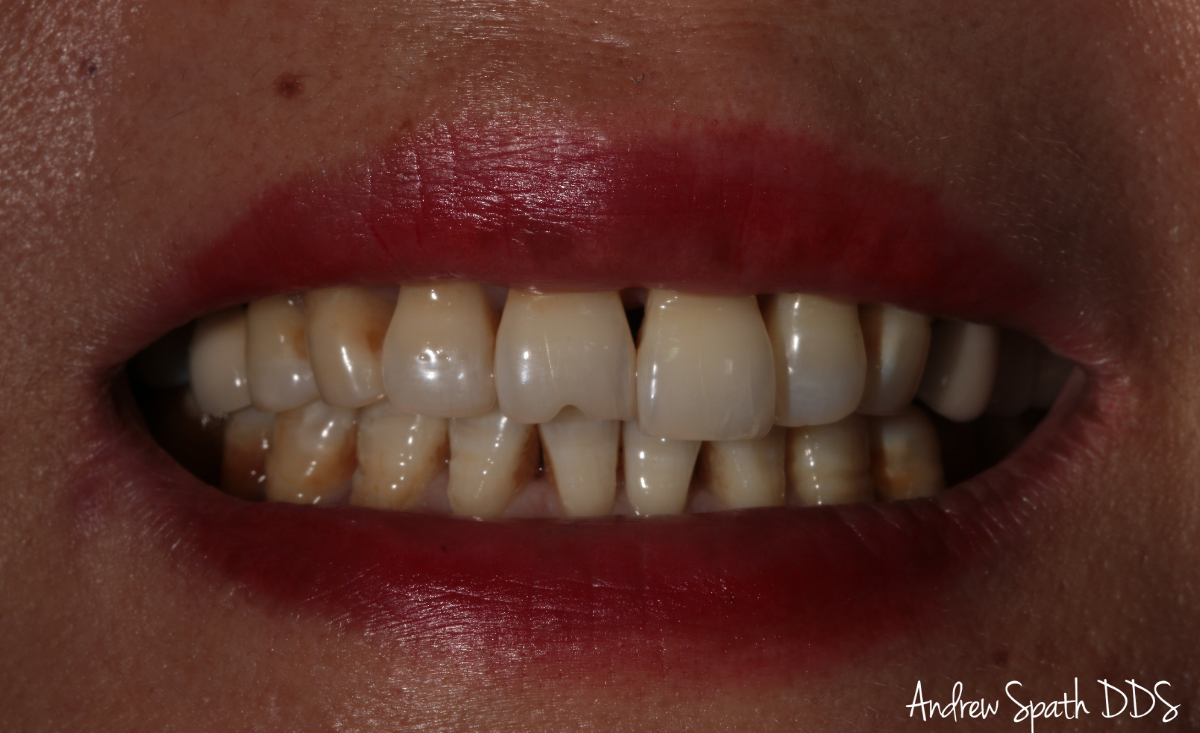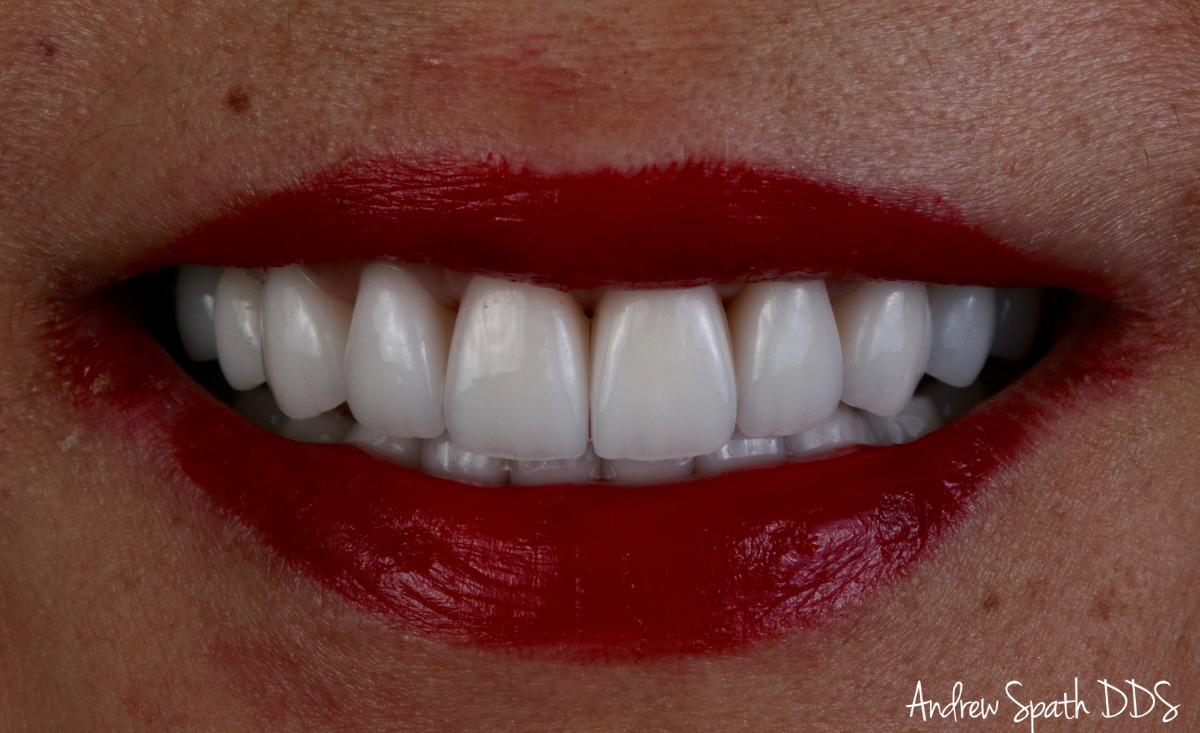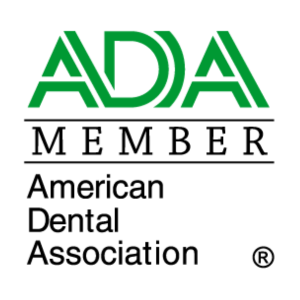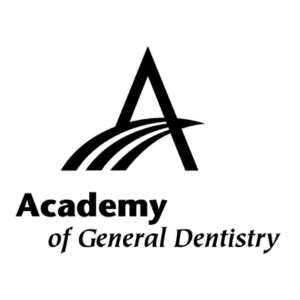Crowns & Bridges
Newport Beach’s leading cosmetic dentist.
Crowns & Bridges in Newport Beach
Crowns and bridges are some of the most common dental restorations used in cosmetic and general dentistry procedures. They can be fabricated from many different materials depending on the needs and budget of the patient. We like to use gold in areas where the crown is not visible due to its durability, biocompatibility, and sealed margins. We recommend all ceramic eMax crowns in visible areas due to their aesthetics and durability. We will always discuss options with patients in order to make the best decisions together.







Dental Crowns VS Dental Bridges
Dental Crowns
A crown is used when a large portion of the tooth has a failing existing filling, a large area of decay or a root canal treatment. Crowns are made from the same material as veneers, lithium disilicate (eMax) and are extremely esthetic.
A crown, also referred to as a cap, is a restorative piece bonded over a tooth where the structure has been compromised by disease, a large filling, or breakage. To place a crown, the patient is anesthetized while a portion of the enamel is removed before an impression is made. This is sent to a laboratory to create the crown, while in the meantime, a temporary is bonded into place. Once the final crown arrives back to the practice, patients return for the cementing of the crown over the tooth. Crowns can be made of gold, gold and ceramic, or even just ceramic.
Dental Bridges
A bridge is an option for someone missing one or several teeth. A bridge replaces missing teeth by connecting teeth adjacent to the missing area with artificial teeth in between.
- Faster than an implant
Bridge Cons
- Destruction of healthy adjacent teeth
- Additional forces placed on adjacent teeth and weakening them
- Aesthetics
- Lifespan
Implant Pros
- Longevity
- Aesthetics
- Function
- Conservative
Frequently Asked Questions About Dental Crowns & Bridges
A dental crown is a tooth-shaped cap that is placed over a damaged or weakened tooth to restore its shape, size, strength, and appearance. It covers the entire visible portion of the tooth above the gumline, providing protection and improving its aesthetics.
A dental bridge is a prosthetic device used to replace one or more missing teeth. It consists of one or more artificial teeth (pontics) that are supported by crowns placed on the adjacent teeth or dental implants. The crowns act as anchors for the bridge, filling the gap created by missing teeth.
A dental crown may be recommended in various situations, including:
- To protect and restore a tooth with a large cavity or extensive decay.
- To restore a broken or cracked tooth.
- To support and strengthen a tooth after root canal treatment.
- To cover and support a tooth with a large filling when there isn’t enough natural tooth structure remaining.
- To enhance the appearance of a misshapen or severely discolored tooth.
- To anchor and support a dental bridge.
- To cover a dental implant.
A dental bridge is typically used in the following situations:
- To replace one or more missing teeth.
- To prevent shifting of adjacent teeth that can occur due to tooth loss.
- To restore the ability to chew and speak properly.
- To improve the appearance of the smile.
- To maintain proper bite alignment.
Dental insurance coverage for dental crowns and bridges can vary depending on the specific insurance plan. In general, dental insurance may provide partial coverage for dental crowns and bridges if they are deemed necessary for functional purposes, such as restoring a damaged tooth or replacing missing teeth. However, coverage for purely cosmetic purposes may be limited or not covered at all.
The price of dental crowns and bridges will vary based on the amount of teeth being treated, the amount of product used, and the specific procedures used in over to complete the overall work.

